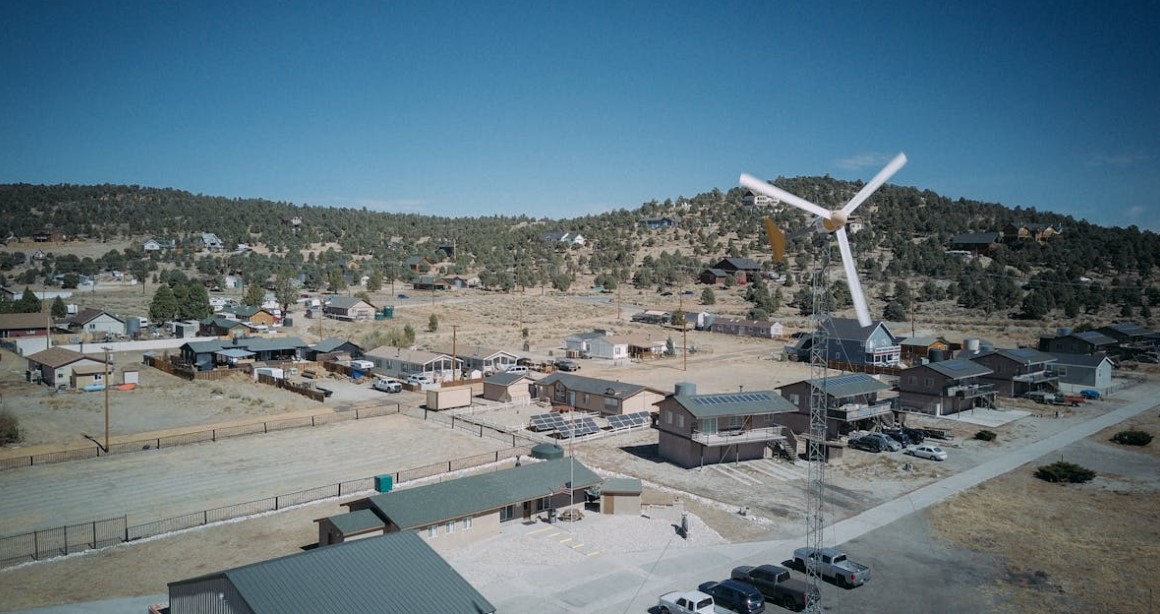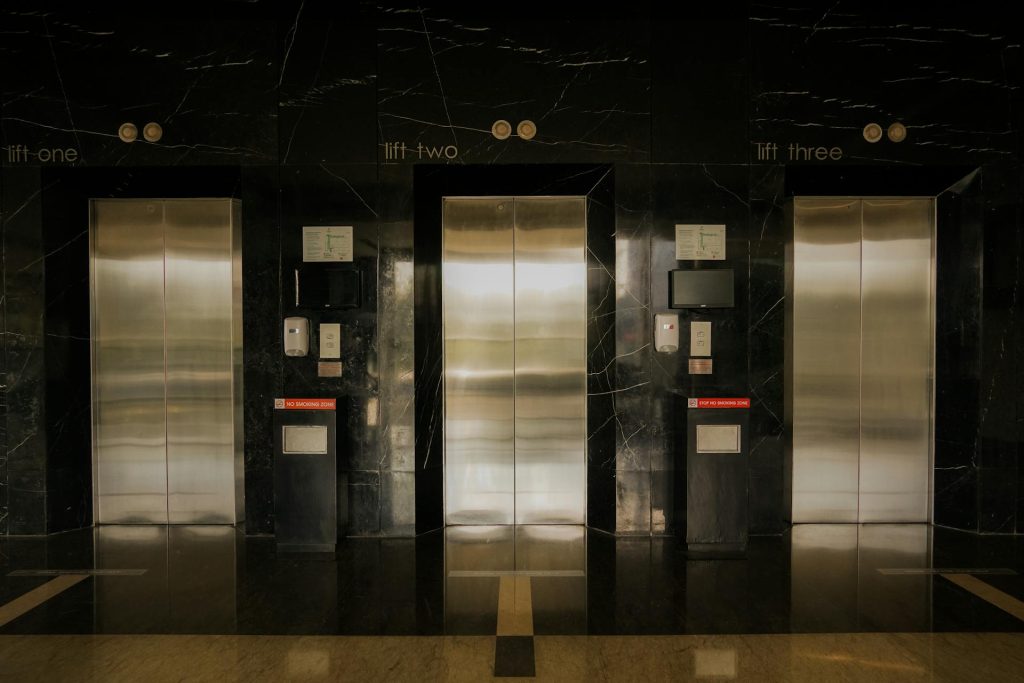Elevators are a necessity in today’s society given the fact that people are living in big cities and the construction of new buildings is characterised by increased height. However, these vertical transport systems have their own drawbacks they are very much expensive in terms of energy consumption. This article is devoted to successful approaches and new ideas for performance optimization of elevator systems and considerable energy consumption decrease.
From the page that readers will turn to, they will be enlightened on how they can make their elevator as efficient as possible, the ways that can be adopted in making the buildings eco-system to be friend to the nature and how they can embrace the technologies that are brand new in the market that will allow not only energy conservation but also that which will allow environmental conservation. At the end of this article, you shall be ready to begin some crucial changes that will make your elevator system symbolize efficiency and environmentally friendly.
Elevator is an indispensable part of modern constructions; however, energy utilization by these equipments is rather high. It is very important to get to know how much energy is used by elevators to enhance the energy efficiency factor and slow down environmental degradation.
Energy Usage Factors
The amount of energy used by an elevator depends on issues such as the height of a building, traffic flow, and the design of the elevator systems. Tall structures take more energy power to transport passengers to upper stories and buildings that use many energy in stopping and starting.
The utilization of energy is influenced by the type of elevator system used. Hydraulic elevators are outperformed by traction elevators that make use of counter weights that cut down the amount of power required. Also, the age and state of the elevator’s parts can lead to inefficiency of the functioning or even the total breakdown of the equipment.
Peak vs. Off-Peak Hours
During the period of the day when more people use the elevator , energy consumption rises. Different hours of traffic can be used by building managers to schedule elevator use or encourage stair use during high hours for electricity saving.
General easily available sources show that there are chances of saving energy during the off-peak hours. These include executing standby modes or utilizing regenerative drives that transform additional energy into power during its descending course to reduce average energy intake regardless of service delivery standards.
Environmental Impact
Elevator also is a significant source of energy use and hence contributes to a building’s carbon footprint. This paper therefore brings light to the environmental implication of elevators and how building owners and operators can adopt environmentally conscious practices which at the same time lead to lower energy bills.
There is a close relationship between efficiency improvement and environmental conservation in regard to elevators. Implementing environmentally friendly practices in elevator use and management is a positive move towards attaining a sustainable and environmentally conscientious society without having to compromise on convenience.
Ten recommendations for improving the performance of elevators
1. Efficient Scheduling and Grouping: Smart scheduling algorithms can help to group elevators in such way that energy consumption and waiting times are reduced to the minimum. When passengers use destination dispatch systems they are guaranteed to get to their floors with few interruptions hence improving the elevator’s performance.
2. Regular Maintenance and Inspection: Elevator components must be in good shape all the time for increased efficiency. Preventive maintenance entails taking periodic checks to prevent delay due to a sudden breakdown hence promoting effective operation. This not only helps conserve energy, but also extends the lifespan of the elevator system.
3. Educating Users on Best Practices: Raising the users’ awareness of appropriate conduct in elevators can greatly enhance the situation. From optimizing crowd control, pressing buttons once, and opting to use stairs where applicable will definitely enhance the effectiveness of the elevator while also cutting down on electricity usage.
Changing to new Energy Efficient Lifts
Already familiar to modern society as an indispensable convenience, elevators can be a considerable power draw. Replacing the facilities’ elevators with more energy efficient models is therefore an effective way to fight climate change and save on electricity bills. Modern technologies and designs are available andthrough their application, building owners can realise large reductions in energy consumption and increased performance.
Advantages of Energy Efficient Lift System
Apart from energy conservation, energy-efficient elevators provide the following advantages; Such systems often incorporate regenerative drives that allow the change of the excess energy into electricity in order to conserve electricity. Also, new type of elevators incorporates enhancements of smooth operation of the equipment which helps to decrease rates of use and tear of the equipment and thus increase the lifespan of the equipments.
Sustainable Design Considerations
In particular, when selecting new energy-saving elevators, the issue of sustainable design should be taken into account. Specifying the material with low impact of the surrounding environment whether it is the recycled steel or energy efficient lighting will also add up to the eco-friendliness of the project. Another area of the consideration in sustainable design refers to the incorporation and management of natural light in the elevator lobbies, along with the possibility to utilize motion sensors for lighting.
That is why the following green building practices can be implemented in the elevator design:
Incorporation of green building practice in the processes of elevator development is vital to address power usage issue. Even where lifts are integrated into a building, they can also play an important role in a building’s sustainability by, for instance, using recycled steel and energy-efficient lights. Other sustainable design factors include the regenerative drive, efficient motors, and other such measures through which energy aplifications are achieved.
More importantly, space management is another aspect that has been considered on green elevator design. This can be achieved by designing elevators that can carry more passengers at a single instance thereby making fewer trips and therefore using less energy. Applying innovative technologies like destination dispatch systems as well as occupancy sensors will go a long way in improving the efficiency of elevator systems and reduce on energy wastage all with the added bonus of making the riders experience more of a positive one.
Also, the introduction of natural light and air into the elevator shafts can help cut out artificial lighting and ventilation thereby using less energy in the building. Developing vegetation around or within the vicinity of the elevator shafts or cab not only gives the interior a better feel but also contribute greatly towards create good health standards of the occupants of the building. Making sensible changes to elevators, people are taking steps to create a world that is both sustainable and good for the planet.
Toward Applicability of Advanced Elevator Systems & Energy Efficiency Ideas
Smart technology refers to the ideas that are incorporated in the elevator in order to increase its efficacy and decrease power use. One of them is known as destination control system that involves the manipulation of the pattern of traffic so as to dictate the movements of the elevator as related to its passengers. Due to the reduction of idle time, the implementation of these systems leads to massive conservation of energy.
However, regenerative drives play the initial and very important part of the smart elevator technology. These drives record and transform the additional energy created in the implementation of the lift travel into electricity that is recoverable resulting to decreased overall energy consumption. Not only is there the improvement of the sustainability perspective but also there is a decrease in the operating costs for the building owners.
Another pro gress in smart elevator technology is the possible use of artificial intelligence algorithms into its system. With the help of the analysis of the data on the passengers’ preferences and traffic intensity in the real-time basis, the smart elevators adjust their workflow as fast as possible. It is in this specific regard that proactive measures to save energy also improve the experience of the users, through fast, fluid travel.
’Eco Friendly’ Maintenance Practices for Elevators
It is thus important for the long term functionality and energy efficiency of the elevators to avail for maintenance services often. This way the maintenance of building elevators contributes to the conservation of energy whilst at the same time reducing the frequency of component replacement.
Use Biodegradable Cleaning Products
This decision also means that instead of having stern and hard wearing cleaning products within the interior of lifts, the use of bio-degradable cleaning products will not only be effective environmentally but also within the interiors of the lift for passengers. Such innovations assist in washing without the use of compounds that are unbeneficial to the atmosphere.
Implement Energy-Efficient Lighting
There is a possibility of reducing electricity used in illumination of the lift cabin and shaft with LEDs instead of the common incandescent bulbs. LEDs are longer lasting and hence consuming less power which results in saving of costs besides being environmental friendly in buildings.
Call for frequent checks and service schedules
It is also advisable to request elevator owners and managers to call certified technicians for regular inspection and maintenance operations to monitor the possible problems at an early stage and prevent the elevators moving erratically. Preventive maintenance, therefore, goes beyond issues of breakdowns, but is also relative to energy efficiency since all components of a system are considered to be working at optimal levels.
Case Studies: Some of the successful energy saving elevator projects
Modernization of Historical Structure with Intelligent Lifts
A historical facility located in the heart of the Windy City, Chicago, a social sustainable improvement involved replacing old inefficient elevators. With the help of regenerative drives and light emitting diode lighting, it was possible to decrease energy consumption of the elevators by 30%. Thus, this project has safeguarded architectural frames of the building; still, it also demonstrated how the use of eco-friendly technologies can help enhance infrastructures of the past to meet contemporary requirements.
Modernisation of an Elevator in Green Office Tower
In a large urban city, an office high rise building put into practice the best strategies of elevators’ modernization with the purpose of improving productivity and conserving energy at the same time. The building traffic flow was implemented with sounding dispatch systems and the application of variable frequency drives in the elevots and the energy used was reduced by a quarter. It showed how sustainability could lead to an enhancement of operations’ performance as well as the conservation of the environment.
Campus Sustainable Efficiency Plan Raises Efficiency
One among the world’s prominent university campus implemented green world initiative by replacing the conventional elevator systems with technologically advanced energy-efficient elevators. With the help of smart control and occupancy sensors, the site reduced the flow of passengers and saved 20% of electricity used for elevator operation. This pioneer work has not only improved the mobility in the campus area but also made students aware for green environment practices for life.
Energy Efficient Design Certification of Elevets and Rating Scheme
Elevators are a significant condition for contemporary construction and hence their power is an important factor in the modern world. Accreditations and rating of elevator energy performance act as standards by which performances of elevator systems in terms of the environment can be judged.
Elevator companies and leaders of sustainability standards like LEED have agreed on the fact that elevators play an essential role in the concept of green building. For buildings, there are provisions to incorporate points for LEED certification where elevator systems are energy efficient in compliance with the set standards for higher LEED certification.
The ENERGY STAR programme of the U. S. Environmental Protection Agency offers ratings for elevators in relation to energy efficiency. Those elevator models that meet the requirements to be awarded an ENERGY STAR include the best in energy efficiency and assist building owners lower operational costs and also curb carbon pollution.
The Advantages of Environment Friendly Elevator for Sustainability
Reduced Carbon Footprint: Energy efficient elevators are created to be more efficient when it comes to the usage of energy or manufacture of green house gases. This paper show how building owners can adopt more sustainable elevator solutions and hence reduce their impacts on the environment.
Promotion of Green Building Initiatives: Integrating eco friendly elevators can be done since it is consistent with the tenets of green building. Through these elevators, buildings can achieve accreditation from organizations like LEED (Leadership in Energy and Environmental Design) on the basis of improved energy conservation and sustainable architecture and as such, bring about a change in the general improved health and environmentally sound built environment.
Enhanced Corporate Social Responsibility: Selecting environment friendly lifts gives a corporate look into social responsibility. It shows commitment of an organization to environmental management and sustainability which is likely to improve its image with the stakeholders, employees and the public. This is a progressive orientation of elevator systems that focus on minimizing waste, thus being beneficial for the entire population and the planet.
Conclusion
In closing our discussion on elevators and energy efficiency, it can be deduced that there is a great deal of energy that can be saved and consequently reducing the effects on the environment in what many of us do not consider as an important part of the building. It is thus important that we adopt the tips and other strategies as detailed in this article in order to enhance the performance of the elevators and at the same time help in the conservation of the future generations.
Picture a world where, each time one stepped into an elevator, energy and the environment would be conserved. That is the reality of elevators and it can be made better by being mindful of the decisions regarding the design, maintenance, and the use of an elevator. What the world needs now is not only functional elevators but also vision of sustainability and advance technology of them.




